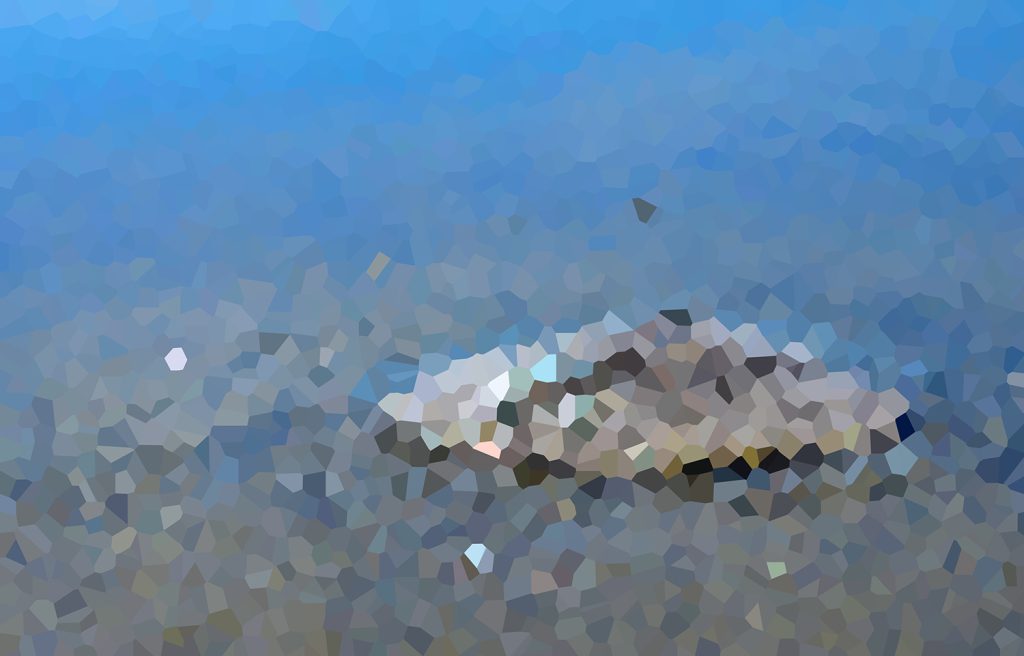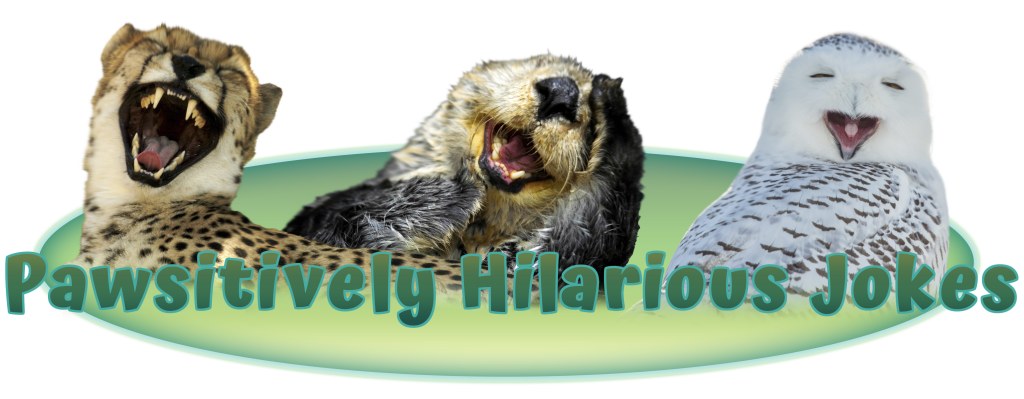
What tree fits in your hand?

A palm tree.
Hey Earth Rangers! Do you know about clean energy?
Clean energy is going to be super important for saving our planet. We’re going to talk about three types today: Hydropower, wind energy, and solar energy.
How do they work? Is one better than the rest? Which would win the Ultimate Green Energy Showdown???


Hydropower has been around for ages! In ancient times, it helped people with things like milling wheat. Now, it’s a major source of electricity. We harness hydropower from rivers and oceans using turbines or water wheels. When these spin, they generate electricity. How awesome is that?
We’ve got the power: Want to see hydropower in action? Try building your own water wheel! All you need is a paper plate, cups, a skewer or straw, and tape or glue!

Wind is fantastic! It moves boats, spins windmills, gives us a nice breeze, and can even make electricity. Wind turbines can be put in windy places like hills, open plains, or near water. When the propellers spin, they create electricity. How wind-erful is that?
We’ve got the power: You can totally make your own wind turbine! It only takes a few items to put one together, so what’s stopping you?

Solar energy has been around… forever! After all, the sun is older than the Earth. Using it for electricity is a newer idea. In the past, people used glass or mirrors to capture the sun’s rays and make fires. Now, we use solar panels with photovoltaic cells. These cells generate electricity when they get hit by light, through a process called the “photovoltaic effect.”
We’ve got the power: You can capture your own solar power! Why not build a solar oven? We’ve got a cool Solar S’mores recipe you can bake inside it!
Which of these green energies do you think is the best? Have you tried any of the experiments? Let us know in the comments!

There’s a lot more to learn about renewable energy! You can expand your knowledge by checking out the We’ve Got the Power Mission on the Earth Rangers app to learn more about the many kinds of clean and green energy. Accept the “We’ve got the power” mission to find out how you can make your very own wind turbine or water wheel.

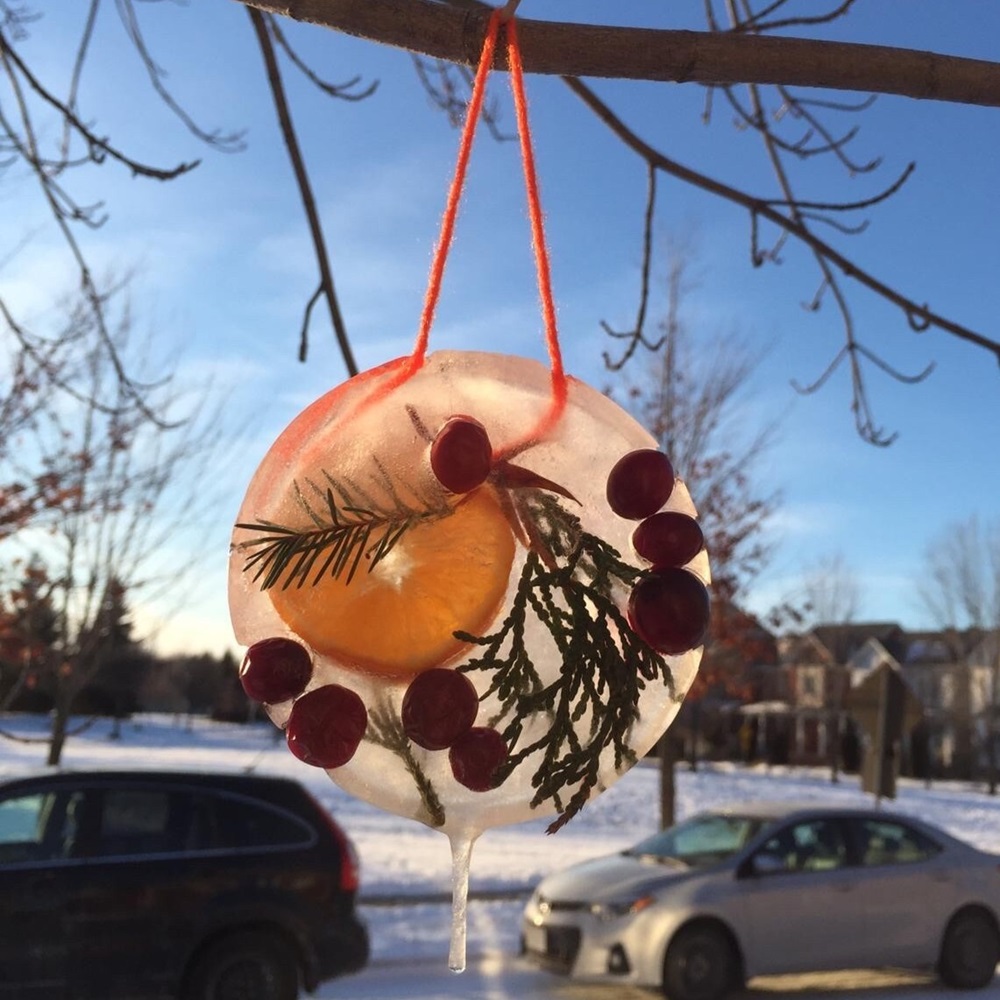
Gather some dried flowers, it’s time to bring the sun to the cold winter season! What better way to catch it than with a sun catcher?
Head out to your favourite outdoor space to gather materials for your suncatcher! Sticks are a must but the rest is up to you! You can use rocks, sticks, leafs, pinecones, shells, berries or anything else you find.
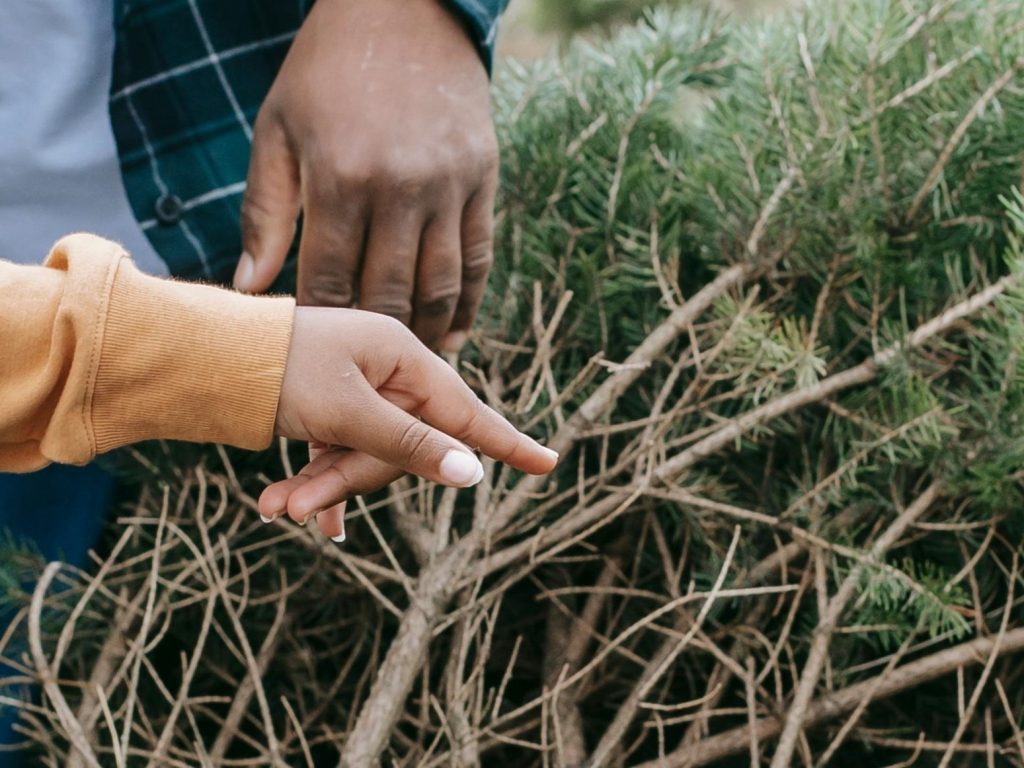
TIP:
Make sure you don’t disturb any animal habitats while you’re gathering your materials!
When you’re back home, grab your plate or container, fill it with water.
Place your nature materials in the water and arrange them. Do you want to try making a specific design?
OPTIONAL: If you want to give your sun catcher some colors, you can add some drops of food colouring.
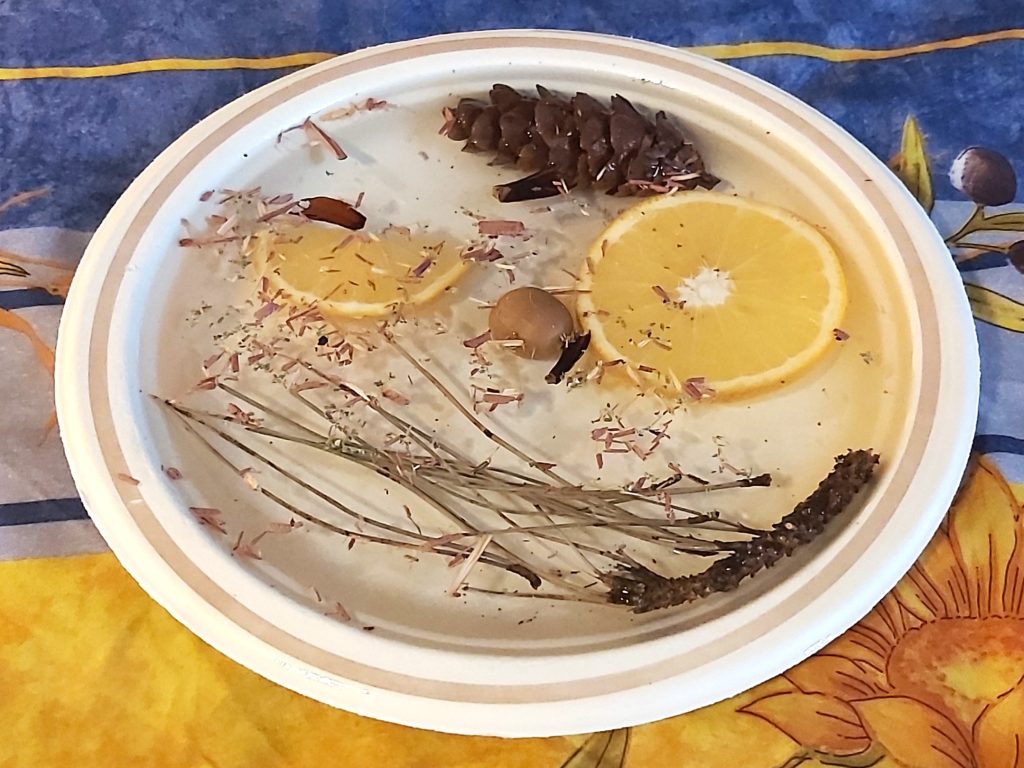
Fold your string in half and lay the tip in the water. Be careful to keep the loop part out of the water so it doesn’t get frozen! You need it to hang your finished sun catcher.
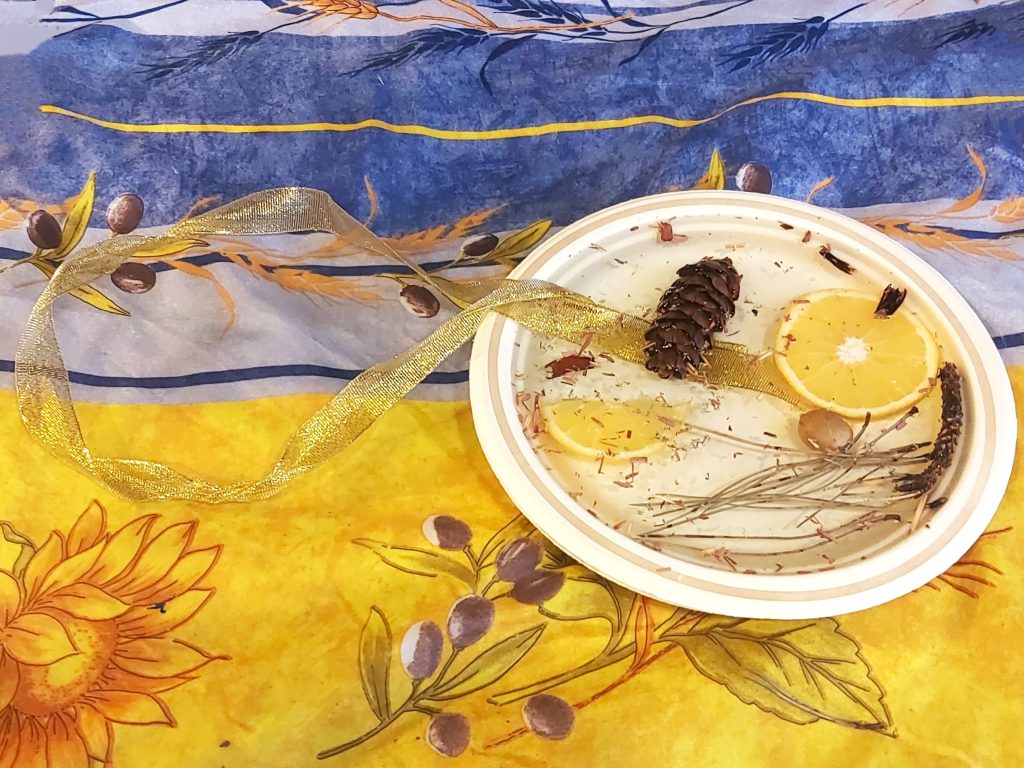
Leave your suncatcher outside in the cold to let them freeze. If it isn’t freezing temperature, you can use your freezer instead for the same results!
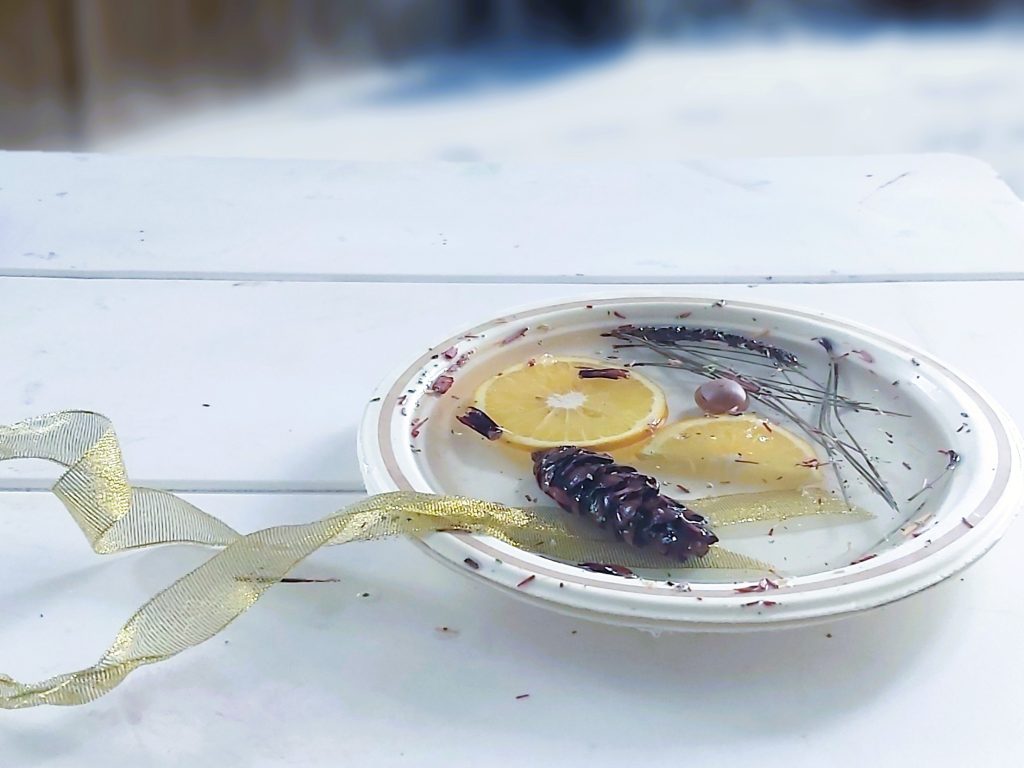
Once your suncatcher is fully frozen, hang it outside and enjoy the view!
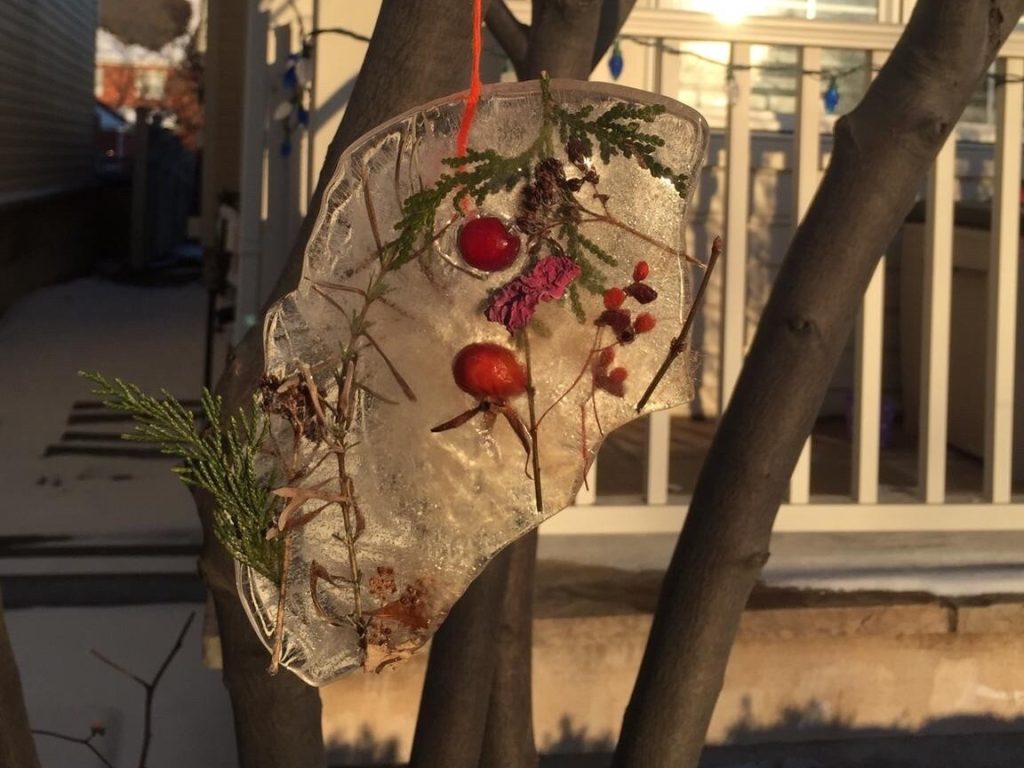
NO PURCHASE NECESSARY
This contest is sponsored by Earth Rangers (the “Sponsor”).
SECTION 1: ELIGIBILITY
The “Earth Rangers Carbon Neutral Writing Contest” (the “Contest”) is open to all legal residents of Quebec who are under the age of majority in their province or territory of residence at the time of entry into the Contest, provided that consent is obtained from your parent or legal guardian to enter the Contest and to be eligible to win. Further, your parent or legal guardian must agree to be bound by these Rules on your behalf. If the Sponsor discovers that parental consent was not obtained, the entry will be void. Because entrants are under the age of majority in their province or territory of residence, prizes won by entrants will be awarded to the parent or legal guardian on behalf of the entrant. This Contest is not open to employees, representatives, and agents of the Sponsor, their parent, related and affiliated companies, advertising and promotional agencies and the members of the households of such employees, representatives and agents.
SECTION 2: CONTEST PERIOD:
The Contest starts at 10:00 am ET on Thursday, January 25, 2024, and closes at 11:59 pm EST on Wednesday, January 31, 2024 (the “Contest Period”). Any entries received after that time will be void. One (1) entry per person.
SECTION 3: HOW TO PARTICIPATE
To enter the Contest, visit the Carbon Neutral Writing Contest page at https://www.tfaforms.com/5106963 and follow the submission instructions.
Using the questions posted in ‘contest details’ on the webpage, to enter the Contest, the entrant must, with their parent’s or guardian’s knowledge and permission, submit between 250-300 words in response to one or more of the questions about carbon neutrality. The response must be written without help from a parent, guardian, sibling, relative, or friend.
To enter the Contest, the entrant will need to fill out the Contest entry form. In the Contest entry form they will need to confirm that they have read and agree with the Official Contest Rules and Regulations (the “Rules”) and confirm that they are age 12 or under. In the Contest entry form, the parent or legal guardian must also give permission for the entrant to enter the contest and agree to the Rules by choosing “Confirmed” in the dropdown menu on the Carbon Neutral Writing Contest entry form. After the parent or guardian has confirmed permission.
After satisfying the above eligibility requirements, the entrant will be entered into the Contest during the Contest Period. One entry per entrant per category will be permitted.
By entering the Contest, entrants’ parents or legal guardians agree to abide by these Rules, which shall be final and binding on all entrants in all matters relating to this Contest.
Where permitted by applicable law, the Sponsor is not responsible for lost, incomplete, or misdirected entries, or entries that are processed late or incorrectly or are lost due to computer or electronic malfunction or other error.
SECTION 4: PRIZE
Prize: If your submission is chosen, it will be published in an anthology and you’ll receive a $500 honorarium. There are up to 26 prizes available.
Where permitted by applicable law, the Sponsor reserves the right to make any changes to the Prize for any reason and without notice, and any difference between the actual value of the Prize and the approximate value of the Prize as stated in these Rules will not be awarded. The winner is solely responsible for all other costs not specifically identified as included in the Prize.
The Sponsor is not responsible for the forfeiture of the Prize due to changes in mailing addresses, or any other circumstances resulting in an invalid, erroneous or incomplete mailing address or e-mail address.
SECTION 5: SPONSOR JUDGING TO DETERMINE WINNERS
Winners will be determined solely by the decisions of a panel of judges appointed by the Sponsor (the “Judging Panel”). Entries will be determined on the basis of the following weighted criteria: Compelling representation or exemplum of main theme (25%); Creativity and unique positioning of the topic (25%); Alignment with required respondent diversity based on age, location, etc. (50%).
SECTION 6: PRIZE CLAIM CONDITIONS
The Sponsor will contact the selected winners within seventy-two (72) hours of the conclusion of the Judging Panel’s final selection by email at the email address provided in the Earth Rangers Membership account and the selected winner must respond to the notification within three (3) business days of the first attempt by Sponsor. Failure to respond by such time may result in the forfeiture of the Prize in the absolute discretion of the Sponsor.
To be confirmed as the winner of the Contest, the selected winner must be in full compliance with these rules; and, the selected winner’s parent or legal guardian must sign and return a release of liability and consent to publicity form (the “Release Form”) and any other documentation as may reasonably be required by the Sponsor in their absolute discretion.
Decisions and rulings of the Sponsor are final and binding without appeal in all matters related to this Contest and the awarding of a prize.
A selected winner and their parent and legal guardian may be required to provide proof of identification to the Sponsor when claiming the Prize or otherwise in connection with this Contest to facilitate the Sponsors’ accurate identification of a Contest winner.
If the selected entrant has met the eligibility requirements set out in these Rules, the selected entrant will be confirmed as the Prize winner.
If a selected winner does not fulfill the conditions set out in these Rules, or declines or forfeits the Prize, the Sponsor reserves the right, in their absolute discretion, to cancel the Prize or to select another entrant. Any alternate winner(s) will be selected by the same judging and ranking process from the remaining eligible entries in the same manner as described above.
Entrants who have not complied with these Rules will be disqualified.
SECTION 7: INTELLECTUAL PROPERTY
By submitting your contest entry form and any related material, you waive all moral rights and grant (or warrant that the owner of such materials expressly grants) to the Sponsor, its parent, related and affiliated companies, and subsidiaries, a worldwide, perpetual, royalty-free, irrevocable, sub-licensable, and non-exclusive license and right to (i) use, copy, adapt, transmit, communication, publicly display, perform, and/or distribute such submitted materials; and (ii) create compilations and/or derivative works from such submitted materials.
SECTION 8: GENERAL CONDITIONS
All Contest entries will become the property of the Sponsor and will not be acknowledged or returned.
The selected entrant will be disqualified and required to forfeit any claim to a Prize if the terms set forth in these Rules are not adhered to.
By participating in this Contest, entrants’ parents or legal guardians acknowledge compliance with, and agree to be bound by, these Rules, including the eligibility requirements. Further, entrants’ parents or legal guardians release and hold harmless the Sponsor, its parent, related and affiliated companies, subsidiaries, advertising and promotional agencies and each of their respective directors, successors, sponsors, partners, licensees, officers, subsidiaries, agents, employees, advisors, assignees, prize suppliers, and all others associated with the development and execution of the Contest (collectively, the “Releasees”), from and against any and all manner of action, causes of action, suits, debts, covenants, contracts, claims and demands, including legal fees and expenses, whatsoever, including but not limited to, claims based on negligence, breach of contract and fundamental breach and liability for physical injury, death, or property damage which the entrant or his/her administrators, heirs, successors or assigns might have or could have, by reason of or arising out of the entrant’s participation in the Contest and/or in connection with the acceptance and/or use by the entrant of the Prize. Without limiting the foregoing, the Releasees shall not be responsible for: (a) any incomplete or inaccurate information; (b) the theft, destruction, loss or unauthorized access to, or alteration of, entries; (c) printing, distribution, programming or production errors, and any other errors of any kind, whether human, mechanical, electronic or otherwise; or (d) technical, pictorial, typographical or editorial errors or omissions contained herein or in other materials related to the Contest. Nothing in this paragraph shall limit the Sponsor’s liability with respect to the consequences of their own acts or the acts of their representatives, which is prohibited under applicable law, including Quebec’s Consumer Protection Act.
No responsibility will be taken by the Sponsor for the entrant’s inability to connect to the Internet, website or Earth Rangers App during the Contest Period, lost, delayed, mutilated or misdirected entries, computer system failure, failure of the website or Earth Rangers App during the Contest Period or for any problems or technical malfunction of a telephone network or lines, computer on-line systems, servers, access providers, computer equipment, software, failure of any e-mail, online, or Internet entry to be received by the Sponsor on account of technical problems or traffic congestion on the Internet or at any website, or any combination thereof including any injury or damage to an entrant’s or any other person’s computer or property related to or resulting from participating in, or downloading any material relating to, the Contest. The Sponsor reserves the right, in its sole discretion to cancel or suspend this Contest without notice should a virus, bug or any other cause beyond the reasonable control of the Sponsor corrupt the security or proper administration of the Contest and to award the Prizes from among all eligible entries received prior to cancellation of the Contest. If, as a result of an error relating to the entry process, judging, drawing or any other aspect of this Contest there are more potential winners of Prizes than contemplated in these Rules, there will be a random draw among all eligible potential winners at the end of the Contest Period to award the correct number of Prizes. The Sponsor reserves the right to disqualify any persons found attempting to deliberately damage any website or application or undermining the legitimate operation of this Contest and seek remedies and damages to the fullest extent permitted by law, including criminal prosecution. Entries are subject to verification by the Sponsor and will be declared invalid if they are forged, falsified, altered or tampered with in any way. The Sponsor reserves the right to cancel or suspend this Contest or to amend these Rules without notice for any reason whatsoever.
The Sponsor reserves the right to terminate, suspend or modify this Contest, in whole or in part, at any time and without notice or obligation if, in the Sponsor’s sole opinion, any factor interferes with its proper conduct as contemplated by these Rules. Without limiting the generality of the foregoing, if the Contest, or any part thereof, is not capable of running as planned for any reason which, in the sole opinion of the Sponsor, corrupt or affect the administration, security, fairness, integrity or proper conduct of this Contest, the Sponsor may terminate, modify or suspend the Contest, or any portion thereof in its sole discretion.
The Sponsor further reserves the right, in its sole discretion to cancel or suspend this Contest without notice should a virus, bug or any other cause beyond the reasonable control of the Sponsor corrupt the security or proper administration of the Contest and to award the Prizes from among all eligible entries received prior to cancellation of the Contest. If, as a result of an error relating to the entry process, judging, drawing or any other aspect of this Contest there are more potential winners of the Prizes than contemplated in these Rules, there will be a random draw among all eligible potential winners at the end of the Contest Period to award the Prizes. The Sponsor reserves the right to disqualify any persons found attempting to deliberately damage any website or application or undermining the legitimate operation of this Contest and seek remedies and damages to the fullest extent permitted by law, including criminal prosecution. Entries are subject to verification by the Sponsor and will be declared invalid if they are forged, falsified, altered or tampered with in any way. The Sponsor reserves the right to cancel or suspend this Contest or to amend these Rules without notice for any reason whatsoever.
SECTION 9: PRIVACY AND PERSONAL INFORMATION
By entering the Contest, each entrant and their parent or legal guardian consents (a) to the collection, use, and disclosure of the entrants’ personal information, including the entrant’s first name, province or territory of residence, image on videotape and/or photograph in any advertising relating to the Contest and/or the Prizes, and in any future publicity in connection with the Contest and the Sponsor’s related fundraising activities, in all media used by the Sponsor, and its advertising and promotional agencies and partners, without compensation or further notice, if that entrant is declared a Prize winner, and (b) to the use of that entrant’s personal information, including first name and address (such as e-mail address) for the purpose of administering the Contest, contacting selected entrants, awarding and delivering the Prizes to the winners and sending information relating to Earth Rangers products, promotions and/or other marketing activities.
By entering the Contest, each entrant and their parent or legal guardian acknowledges and consents that the entrant’s personal information can be transferred to the Sponsor’s third-party service providers for the purpose of administering the contest, and can be stored on servers located outside of Canada, which may be subject to foreign legislation which may differ from the legislation of Canada with respect to disclosure of personal information to government authorities.
For further information about the Sponsor’s privacy practices, please see Sponsor’s Privacy Policy at: http://www.earthrangers.com/wildwire/privacy-policy/
SECTION 10: APPLICABLE LAWS
For residents of Canada, excluding Quebec: This Contest is subject to the laws of the Province of Ontario and the federal laws of Canada applicable therein. Void where prohibited by law. Any disputes will be adjudicated by the courts sitting in the Province of Ontario.
For residents of Quebec: This Contest is subject to the laws of the Province of Quebec and the federal laws of Canada applicable therein. Void where prohibited by law. Any disputes will be adjudicated by the courts sitting in the Province of Quebec.
The Rules are available at (will insert link once final rules and regulations are published) for the duration of the Contest Period. A complete set of these Rules can be requested by sending a self-addressed stamped envelope to: “Official Contest Rules and Regulations for Earth Rangers Carbon Neutral Writing Contest”, 9520 Pine Valley Drive, Woodbridge, ON L4L 1A6.
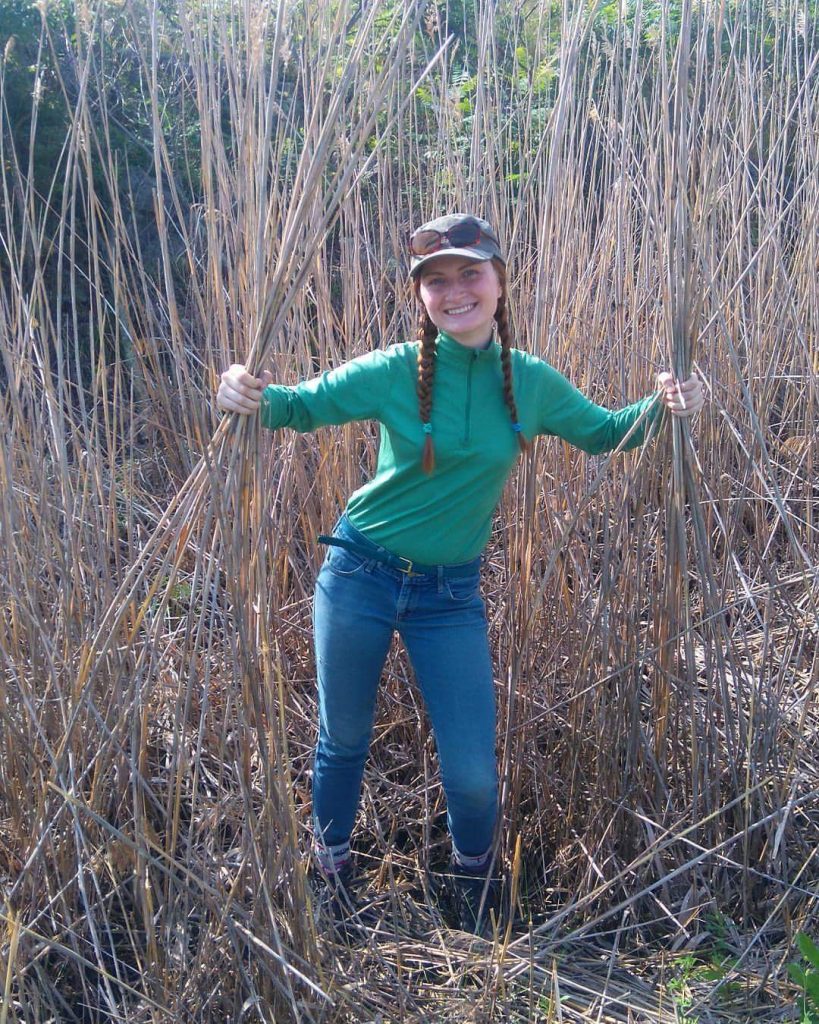
Hi, I’m Megan Quinn! I’m a conservation biologist, which means that I make sure animals have safe and healthy habitats where they can live and grow. I work with the Nature Conservancy of Canada in a part of Ontario called the Frontenac Arch, an ancient granite bridge with rugged, rocky slopes, thick, green forests, and beautiful wetland valleys.
Lots of animals live here. Some of my favorites are moose, Eastern wolves, and river otters. You can adopt one of these adorable animals from Earth Rangers to support my work! You’ll receive a cuddly plush toy, an adoption certificate, a trading card, and a cool poster for your wall. Check the adoption section in the Earth Rangers App for more information!
In the meantime, I’m here to give you an update on all the work I’ve been doing. I’ll also answer your burning questions about moose, wolves, and otters!
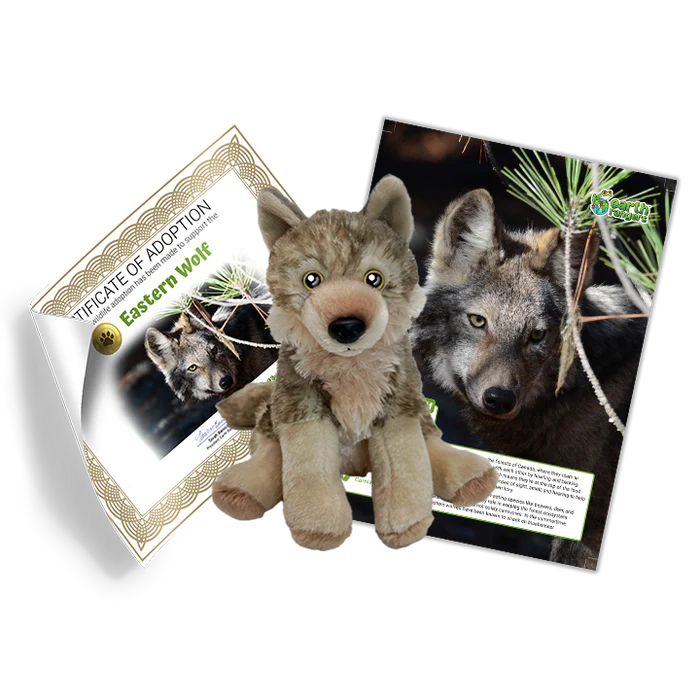
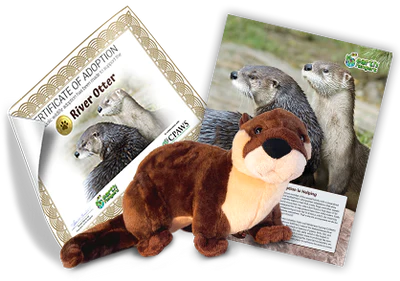
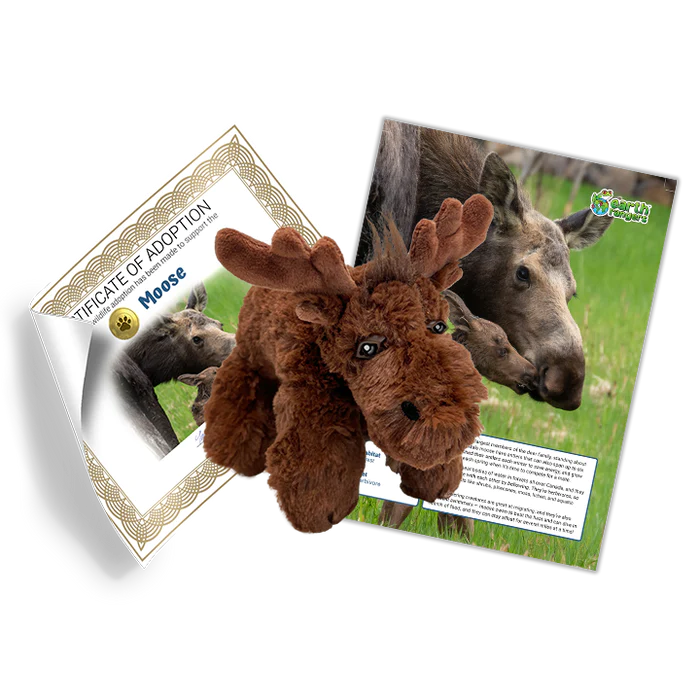
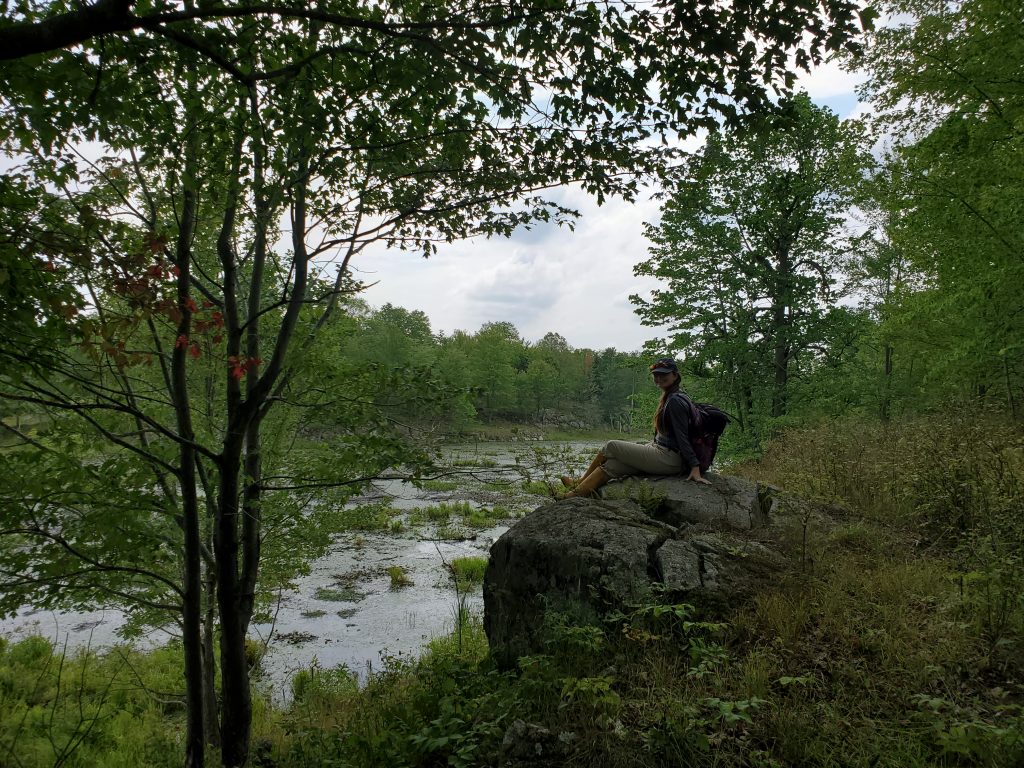
Autumn is the perfect time to do fieldwork in Eastern Ontario. It’s not too hot, there are no mosquitoes or black flies to bother me, and the leaves changing colours make the forests, wetlands, and rock barrens of the Frontenac Arch look spectacular.
A big focus of my work since September of 2023 has been habitat restoration. At the Nature Conservancy of Canada, we work to make sure that ecosystems, including those where the Eastern Wolf, River Otter, and Moose live, are healthy and thriving. Removing invasive species like the Common Buckthorn (Rhamnus cathartica) is one of the ways that we preserve these ecosystems.
Buckthorn is a small shrubby tree that was first brought to North America in the 1800s. Since then, it has aggressively spread into Canada’s natural areas, including the Frontenac Arch. When Buckthorn invades an ecosystem, it alters the soil chemistry of the area around it! This makes it easier for Buckthorn to grow, and harder for native trees and shrubs. Animals like wolves have a hard time moving around in dense stands of Buckthorn. It reduces the food available to them and their prey.
In autumn of 2023, my team and I removed Buckthorn from 12 different Nature Conservancy of Canada properties. During one volunteer event, 40 young conservation students helped our team remove over 1,000 Buckthorn trees in a single afternoon!
Invasive species sometimes feel like an impossibly big problem. But when youth come together to solve that problem, we make a big impact!
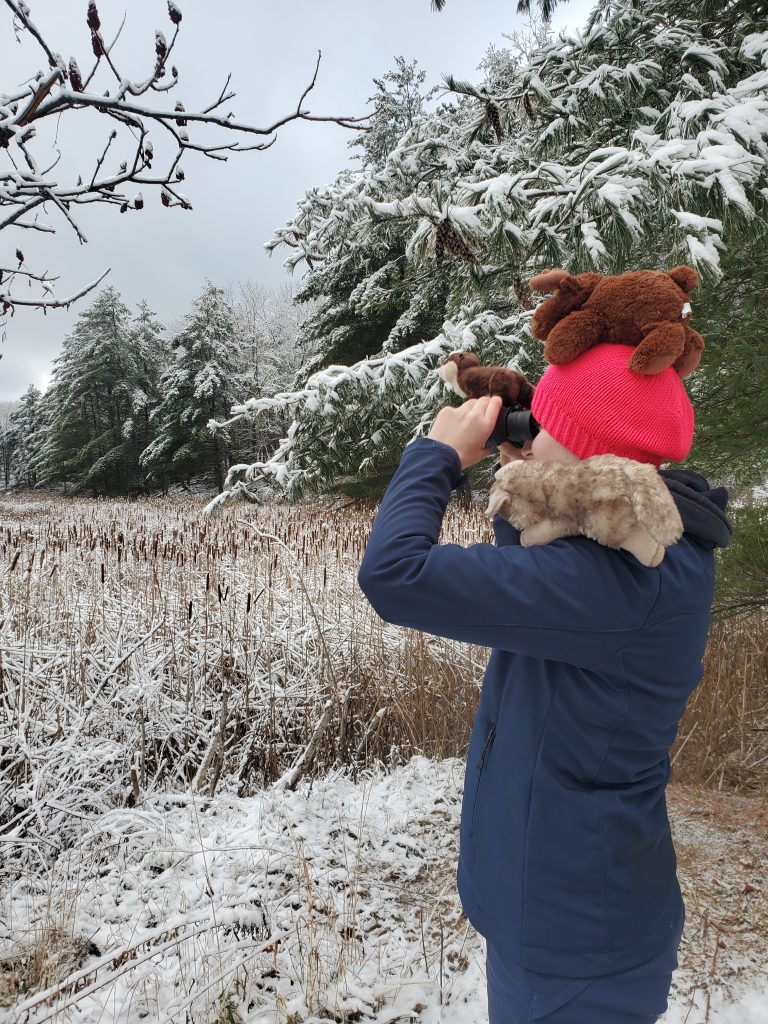
Most people think that I stop doing fieldwork in the winter, but that’s not true! In December of 2023, I put on my hat and mittens, and I set out with my team to do a Baseline Inventory field day in the Frontenac Arch at our newly acquired Blue Lake property.
When the Nature Conservancy of Canada acquires a property, either by buying it, or because someone has donated it to us, one of the first things we do is record all the anthropogenic features, or human-made things, like trails, gates, signs, and parking areas. We also record all all the natural things, like species at risk, invasive species, and any other threats we might see on the property. This information helps us decide what actions we can take to make the property better.
I’d heard rumours from our neighbours that the Blue Lake property is a popular place for river otters to live, so I brought along my favourite Frontenac Arch furry friends to see if we could spot them. Unlike a lot of species that hibernate in the winter, river otters are very active, and you’ll often see them playing in the snow or bounding across frozen lakes. One of the easiest ways to find them in the winter is to look for tracks. Using my binoculars, I looked out at the snow-covered ponds and lakes on the Blue Lake property to see if I could find any tracks. Often, there’s a line in the middle of the rows of paw prints from their tails dragging in the snow. I did see some, quite far away. But when my team and I explored around the lake, we saw a series of otter slides! These are areas where the otters slide from one wetland to another as they play and move around their habitat.
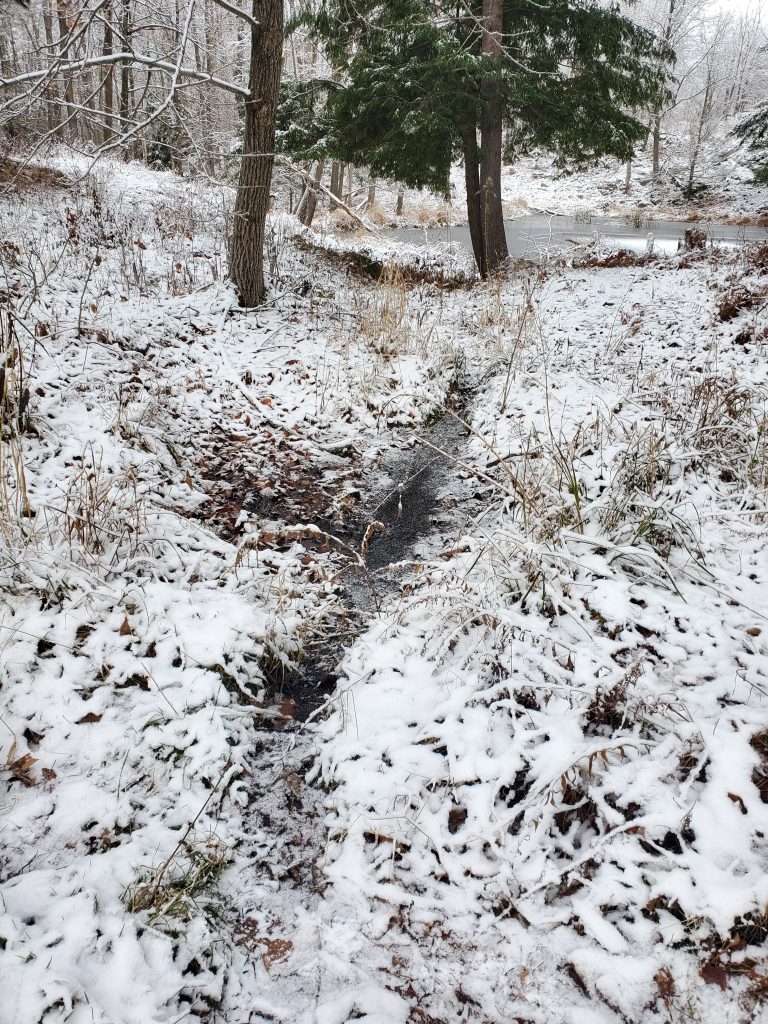
I didn’t see any river otters that day, but I know they’re there, and I’m looking forward to coming back in the spring!
This winter, I will still be working on important conservation projects, but you’re more likely to find me behind my desk than in the middle of a forest.
In 2023, my team and I did 140 different field days. That’s 140 sets of field notes, photos, and data to process. It’s important that we keep our database up to date so we can use the best possible science to make decisions. I also do a lot of report writing in the winter. Those 140 days included everything from surveying species at risk to setting up trail cameras to removing dump sites and invasive species. I take all the data we collected over the field season and use it to build a plan for next year.
The snow and cold weather mean I can’t do a lot of the outdoor tasks on my to-do-list, but I’ll try to get out at least once every two weeks to look for wildlife and monitor trails on Nature Conservancy of Canada properties.
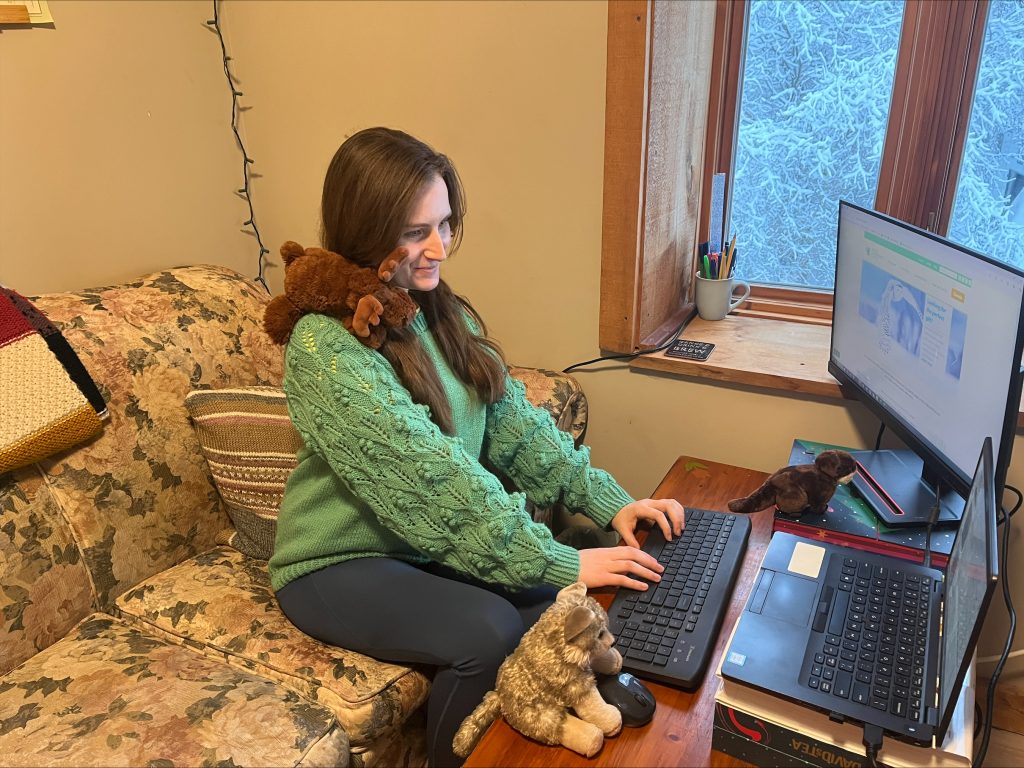

New Challenge alert! Ready to make a splash? Look for “Big Splash” in the Challenges section of the Earth Rangers App!

Dive into the deep blue and discover the secrets of the water that covers our planet. We’ve got a treasure trove of mermaid-approved tricks to help you save water! Join this Challenge to uncover small, everyday habits that make a big difference to the planet.
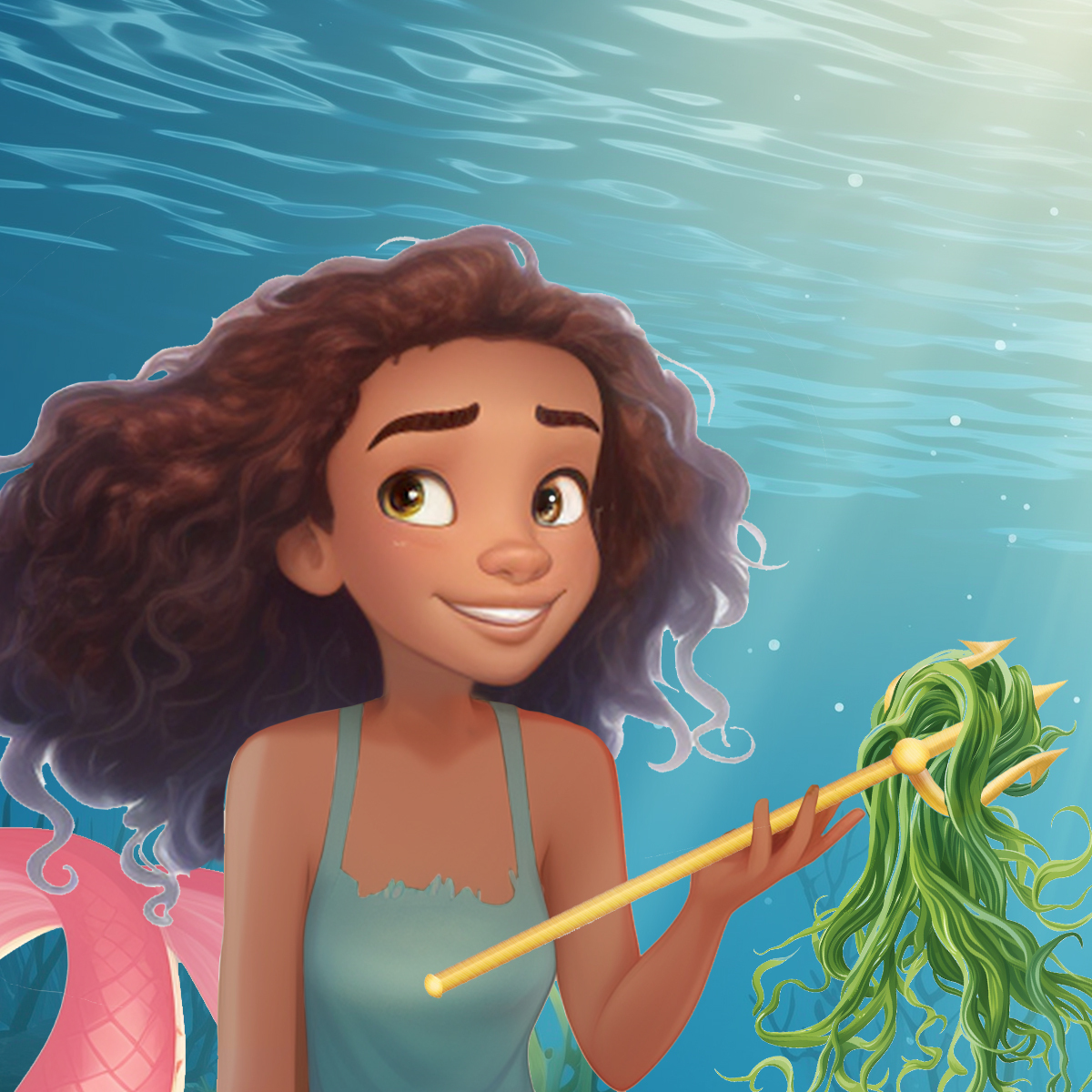
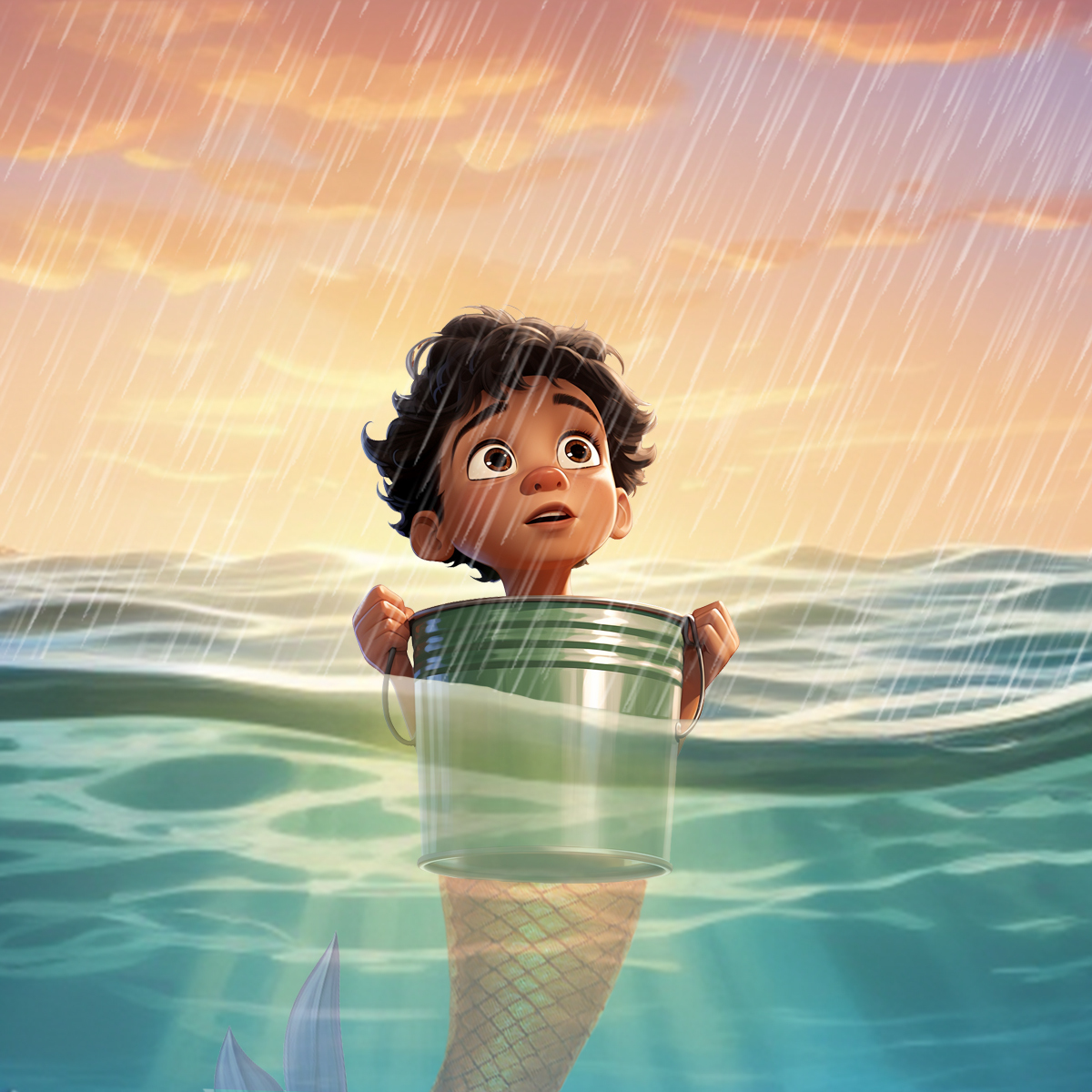
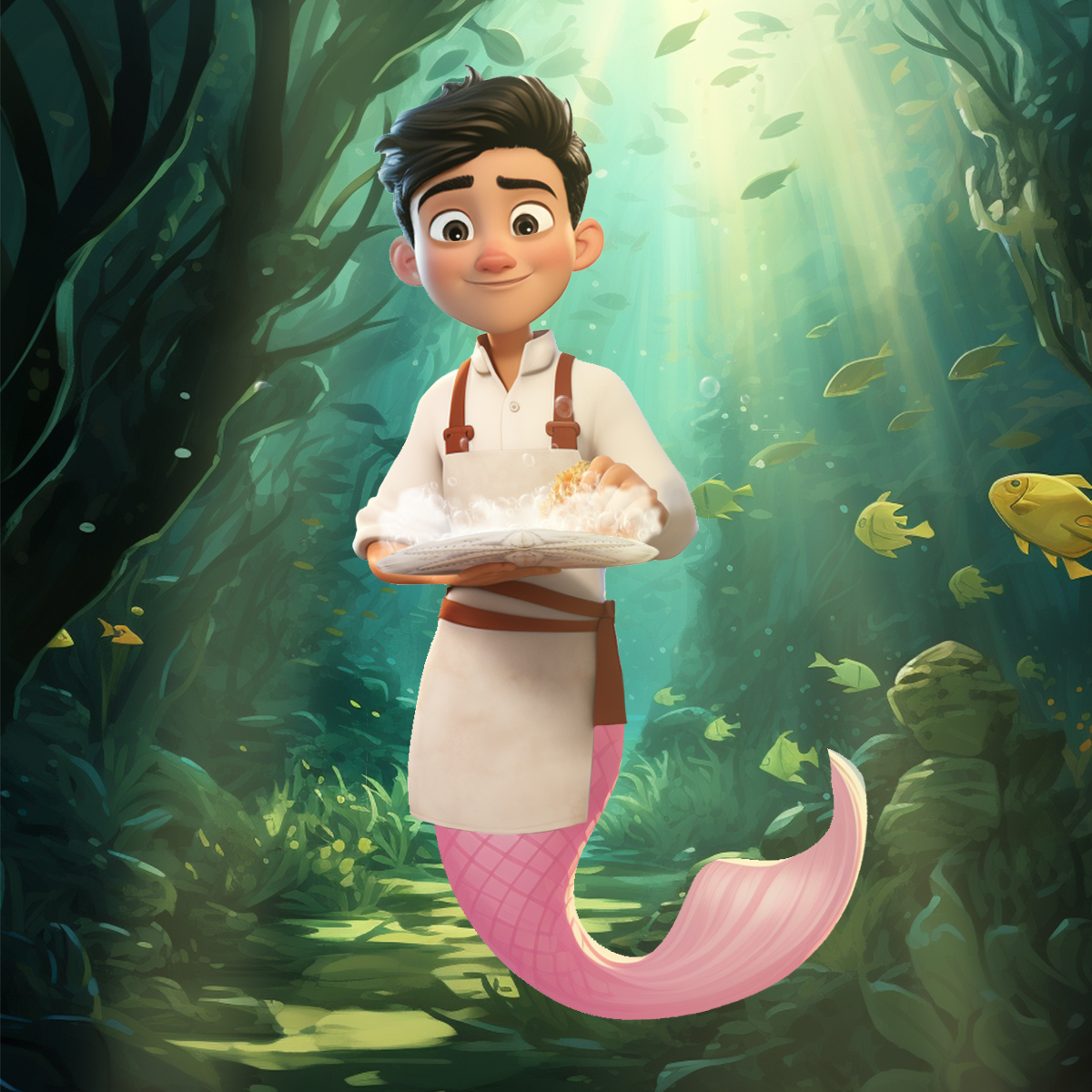
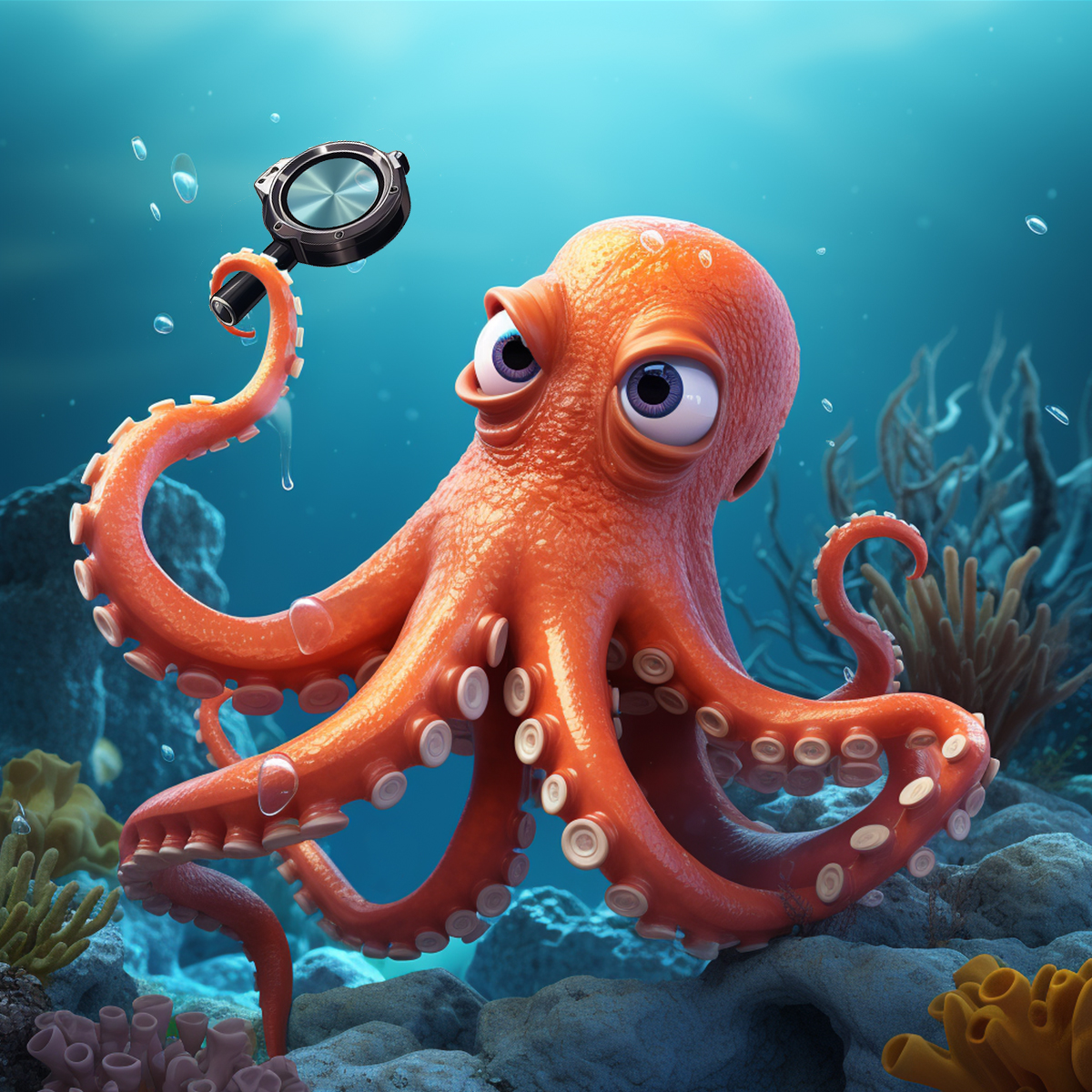
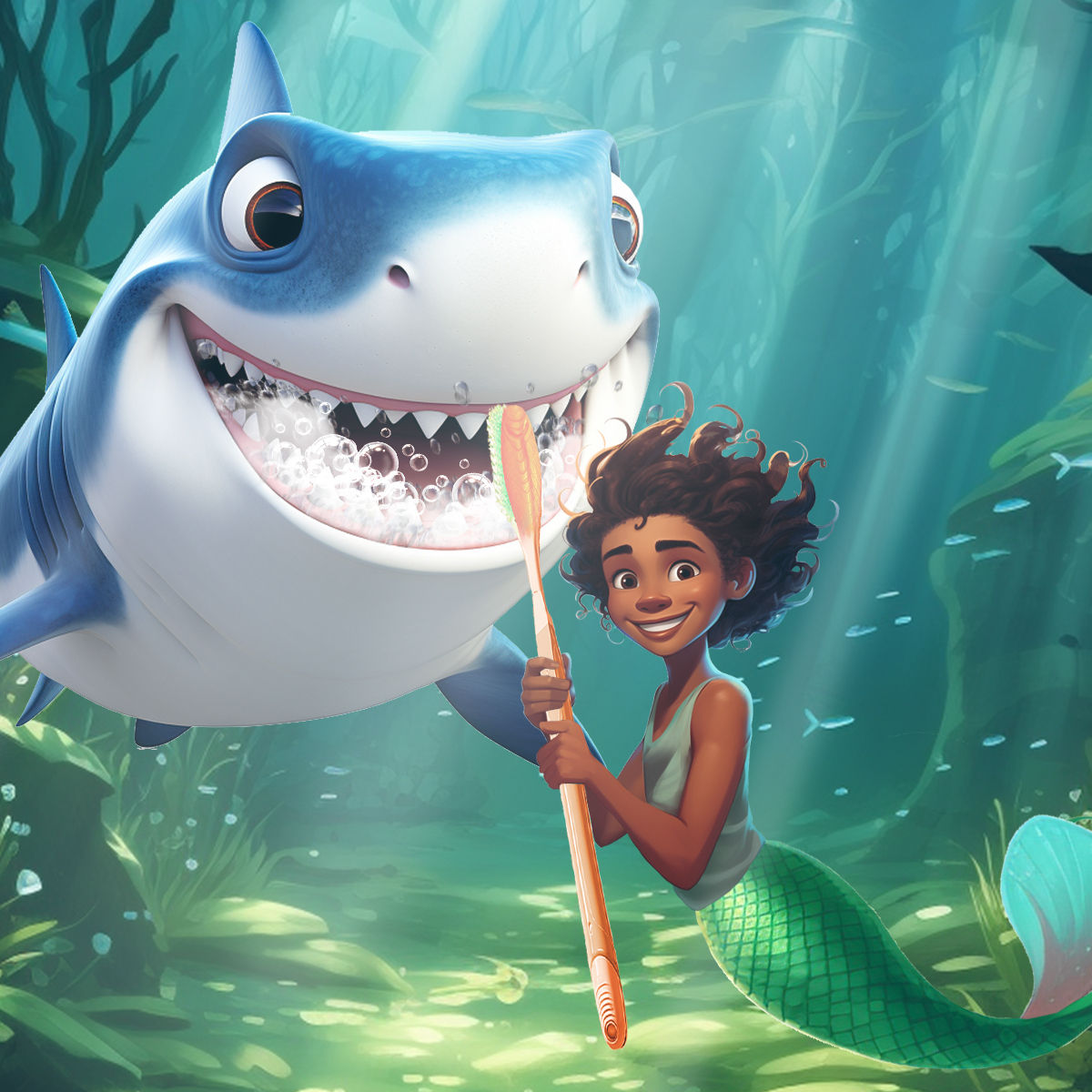
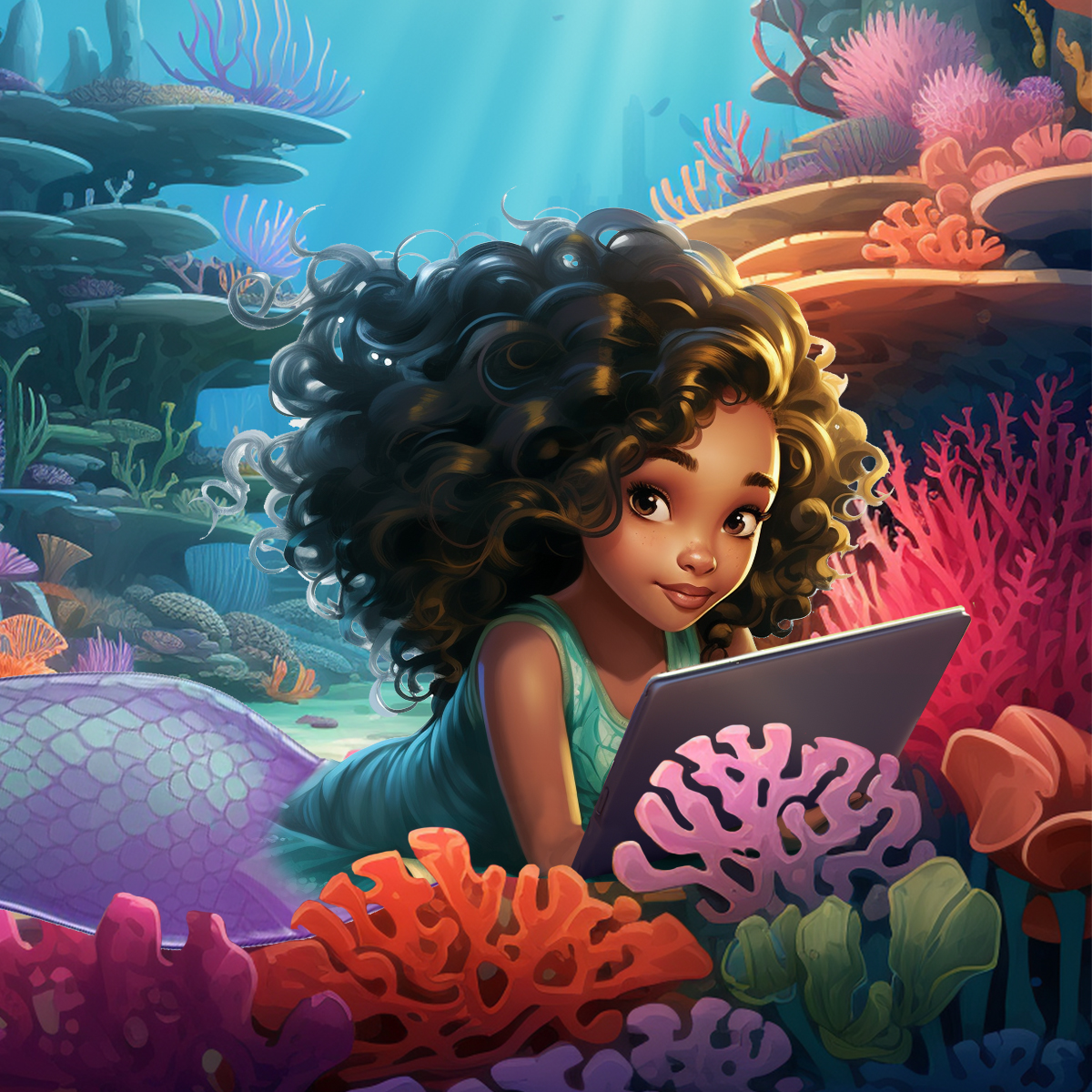
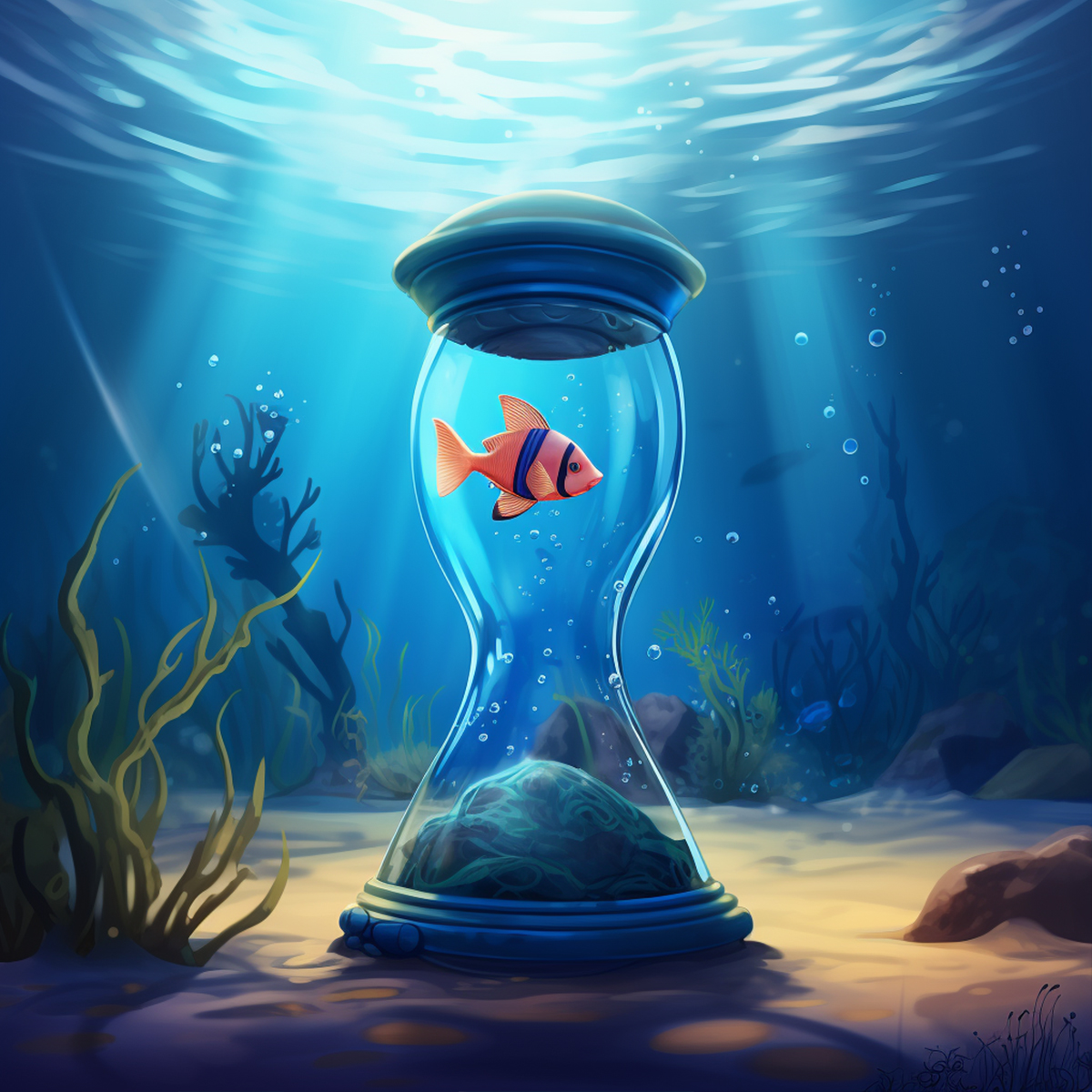
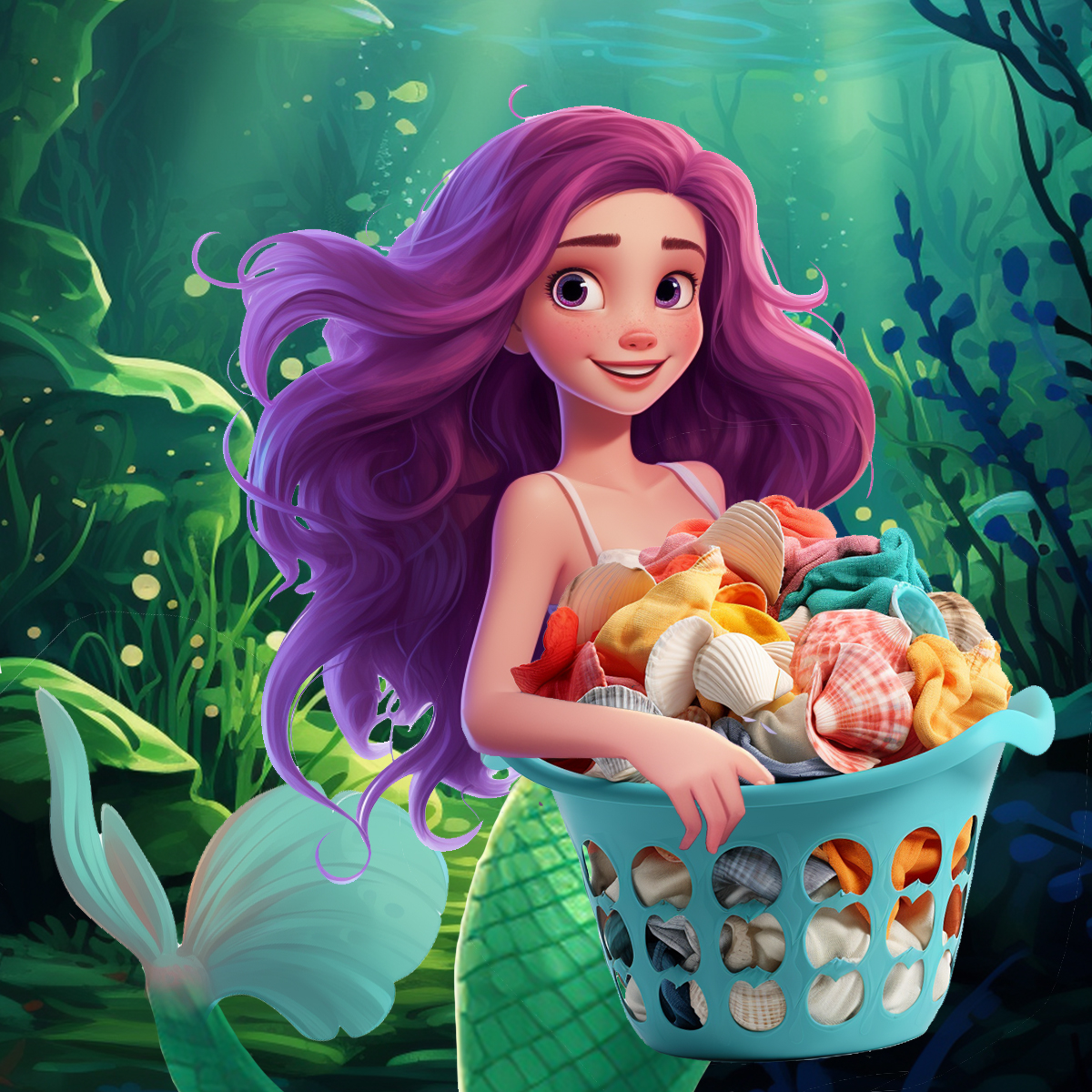
Log your climate-friendly habits to help us reach our 120,000 habit goal, and unlock a donation to water conservation. You can also unlock treasures like a coloring page, sand dollar cookie recipe, and a shell necklace for your avatar. Let’s make a BIG SPLASH!
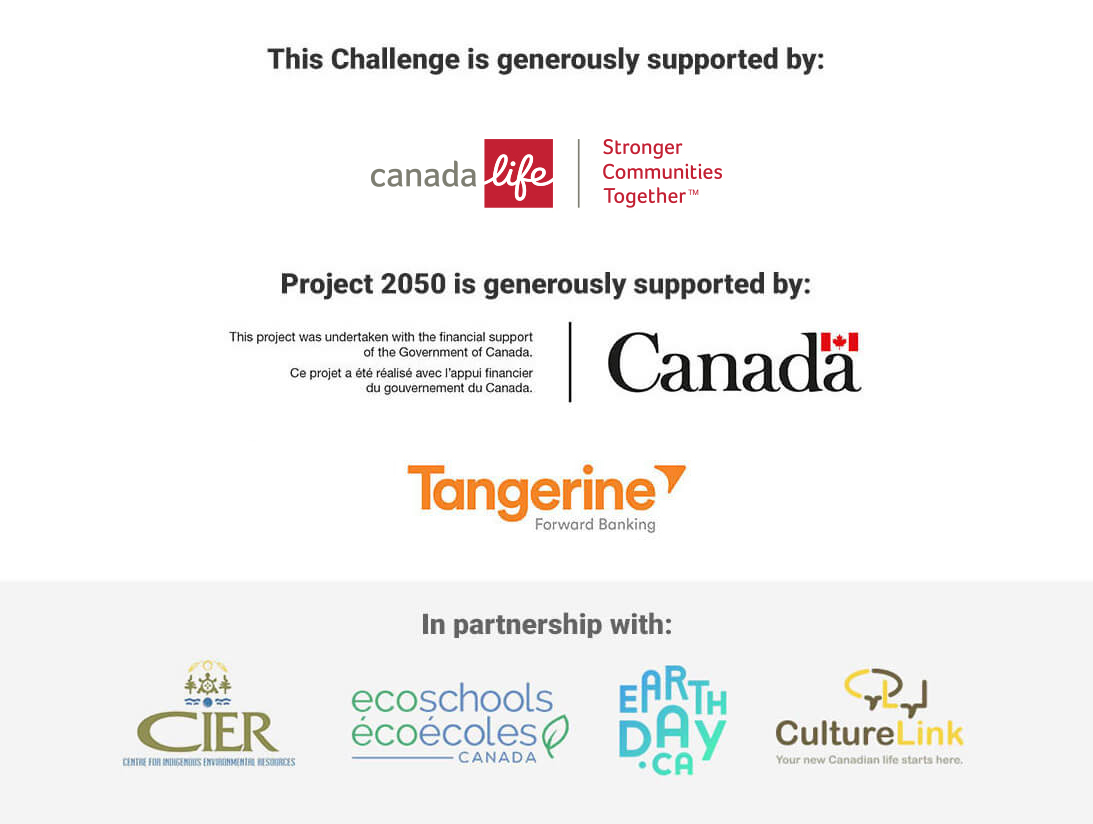
We got tons of great guesses on Part 1 of this Pixel Puzzler and now it’s time for the answer. Are you ready for the great reveal? Find out if you got it right!
The answer to this Pixel Puzzler is (drum roll please) a Sand Dollar! How did you do? Tell us in the comments!
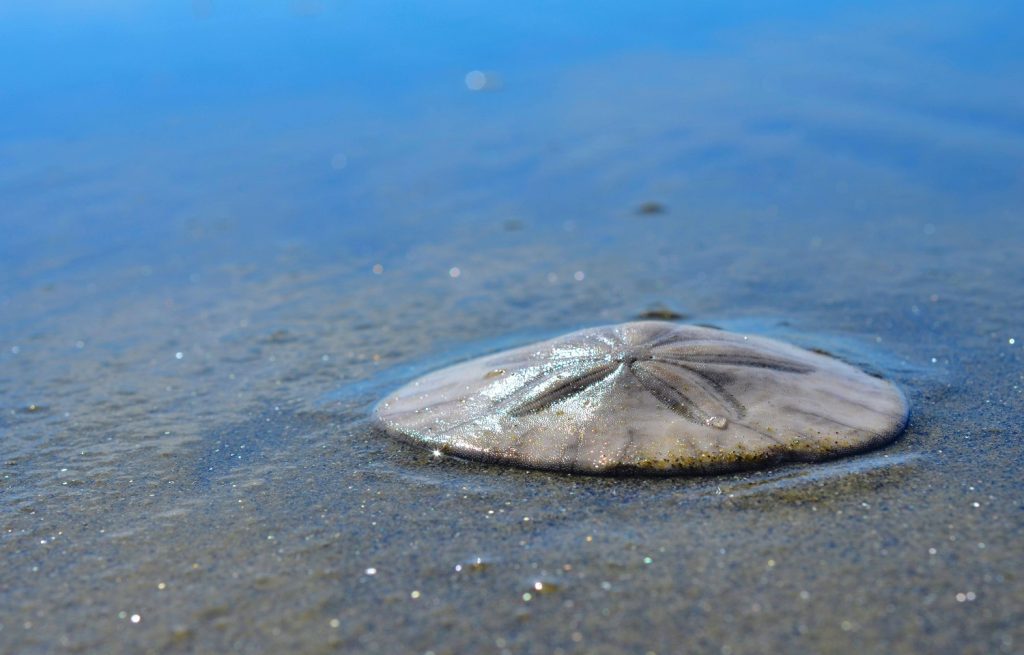
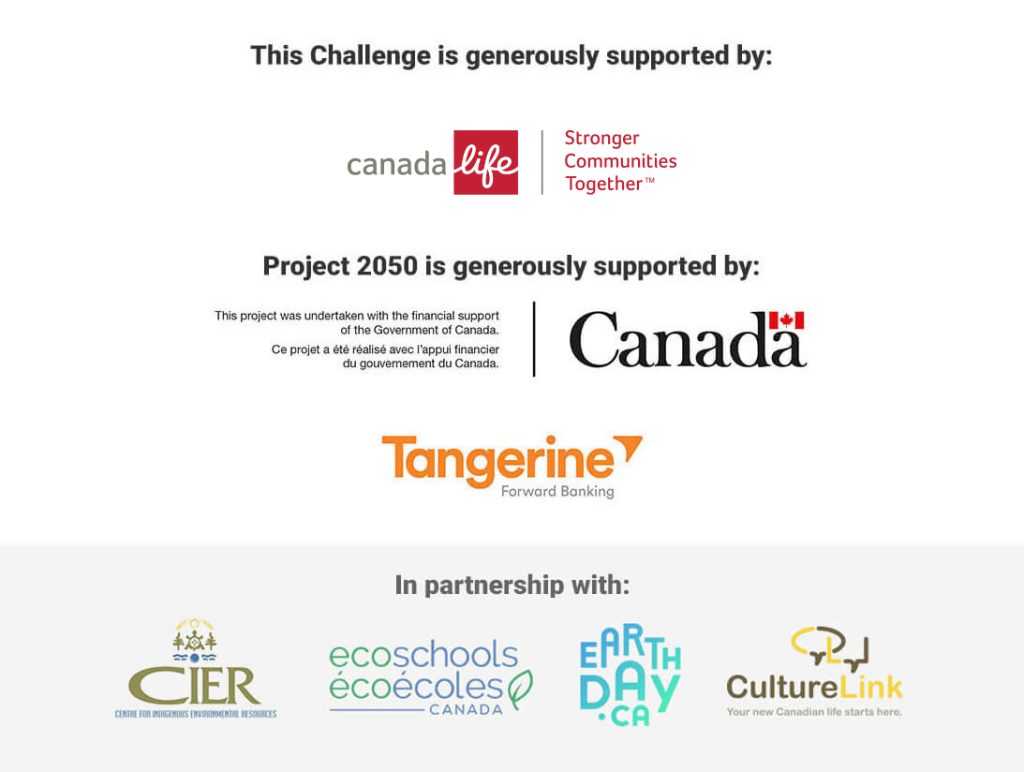
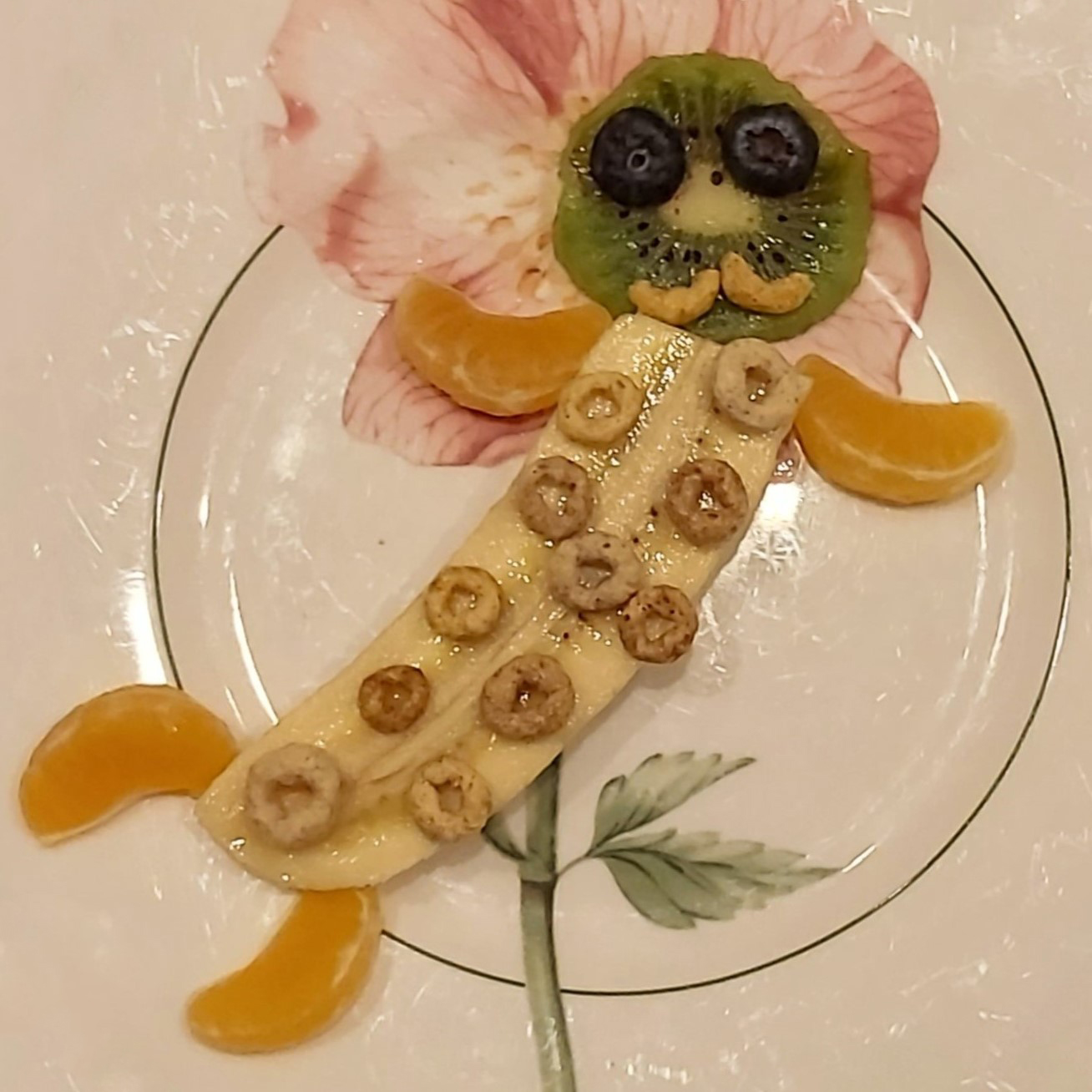
Don’t be seal-ly! This treat is a real sweetie!
Need a super-cute snack? Time to enjoy this fruity seal!
Step 1: Cut up your fruit for your seal’s body and head. You’ll need:
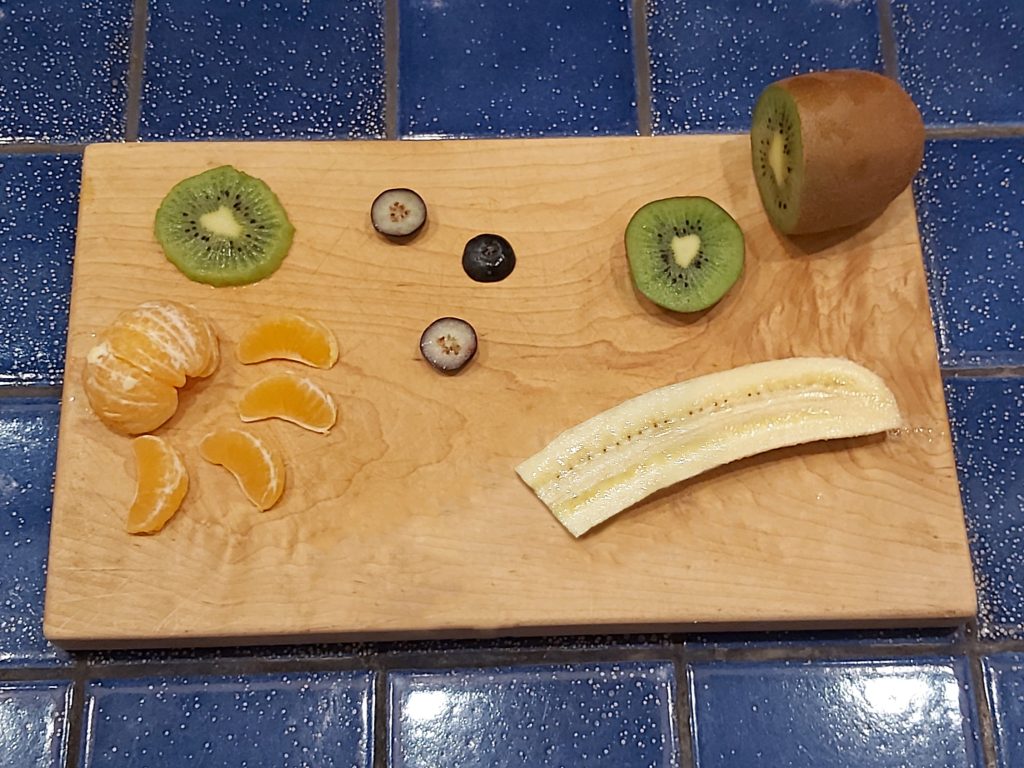
Step 2: Start by placing two clementine (or mandarin) wedges on each side of your kiwi slice.
Add the two blueberry (or grape) pieces on each side of the kiwi.
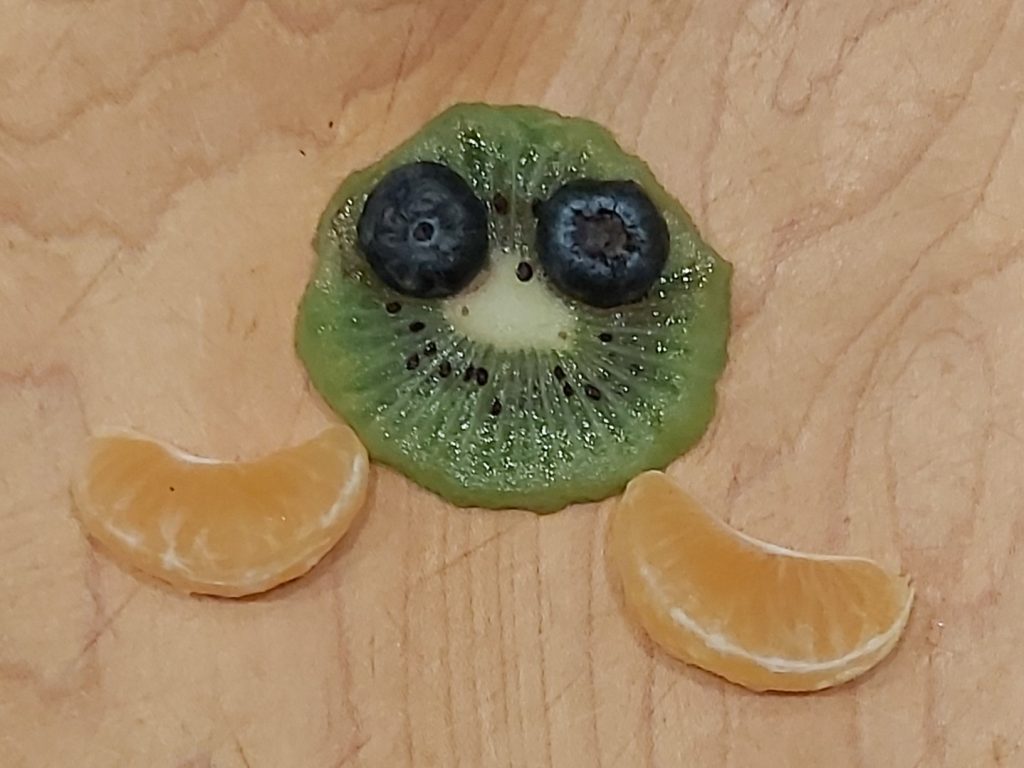
Step 3: At the bottom, add your banana to make your seal’s body. Place two more clementine wedges to create a tail.
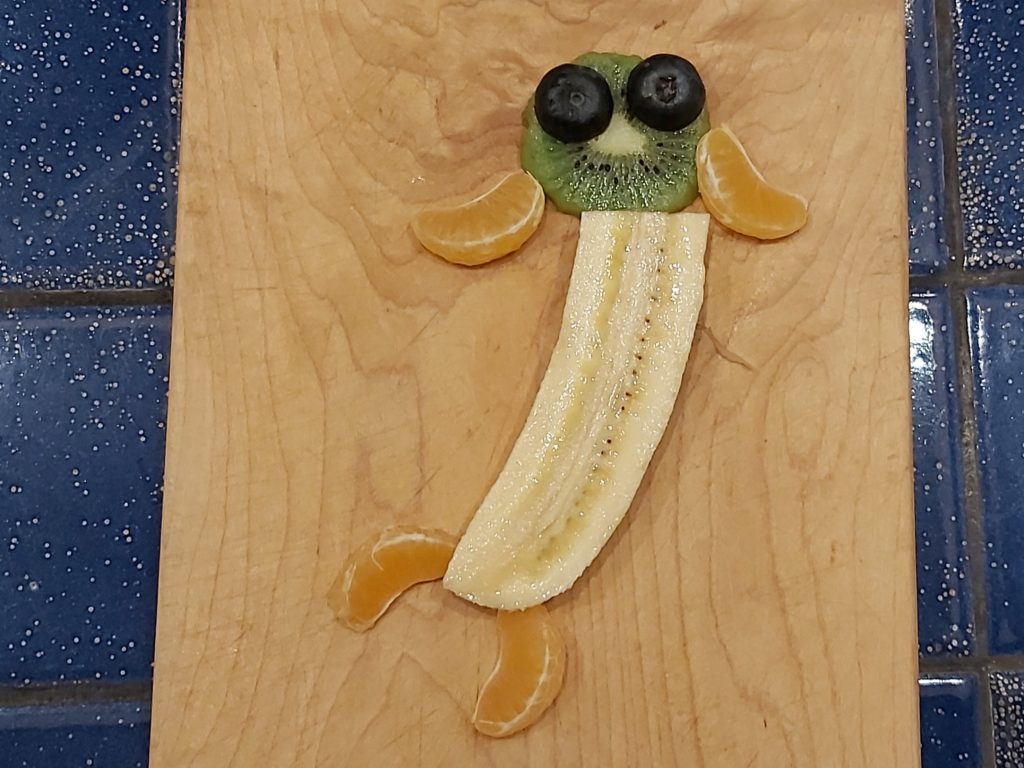
Step 4: Finally let’s add some cheerios! If you want to make a ringed seal, you can place a bunch on your seal’s body. Otherwise, cut one cheerio in half and place each piece under your seal’s nose to create a cute muzzle!.
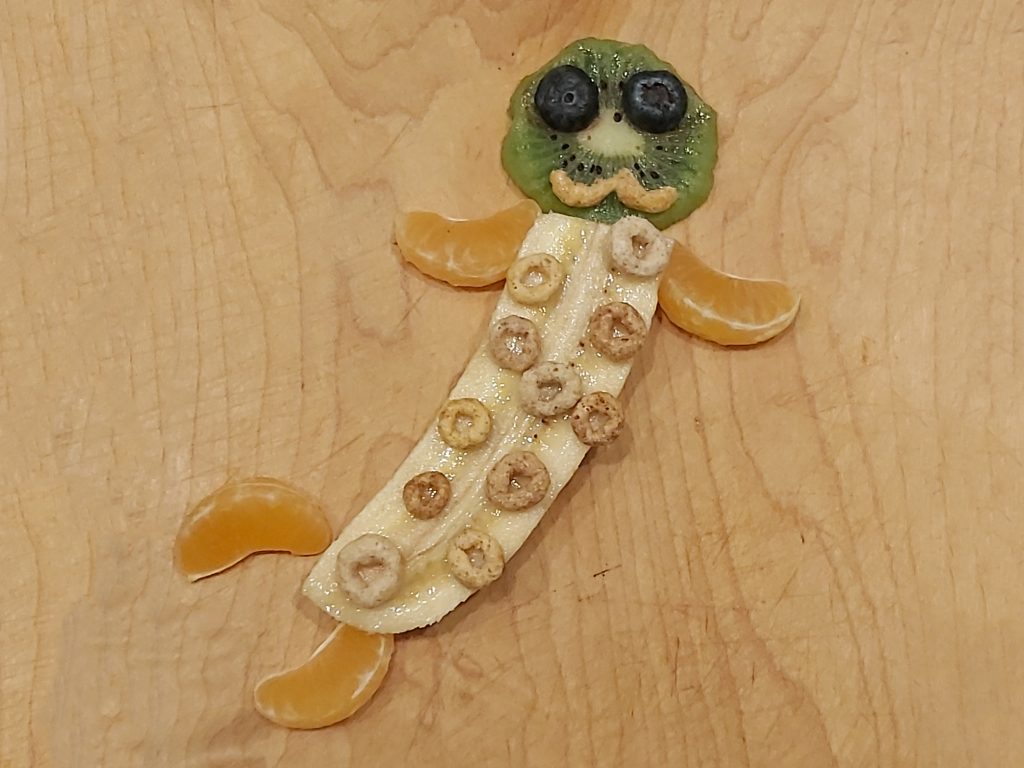
Head to the Adoptions Section in the App!
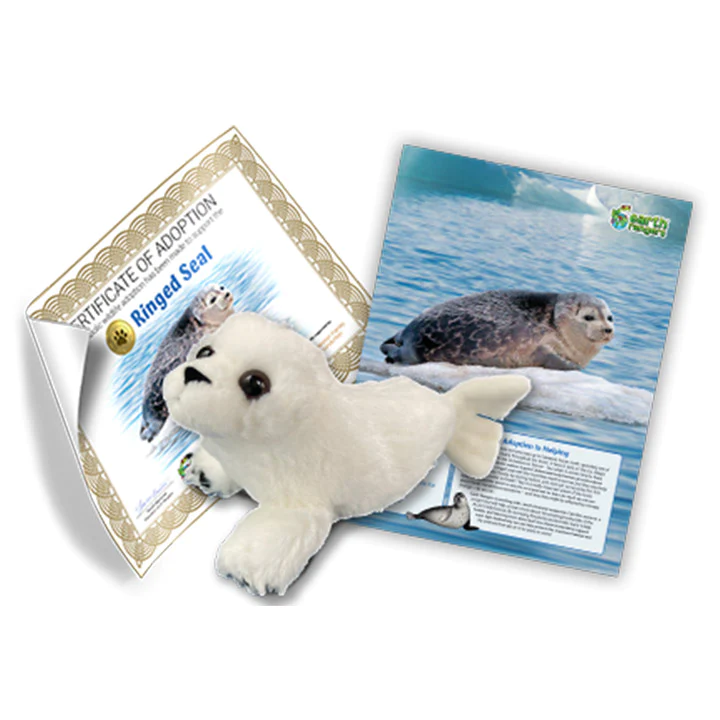

Let’s put your identification skills to the test! Can you figure out what is hidden in this picture? Make your guess in the comments.
